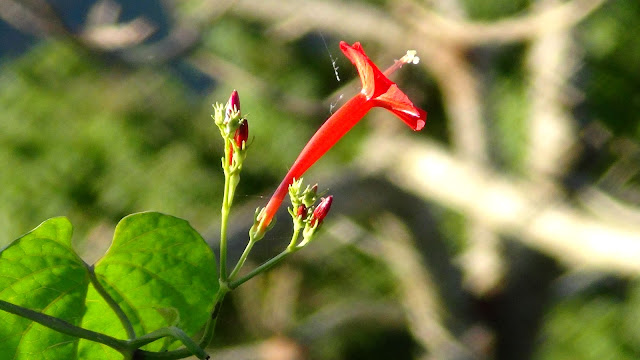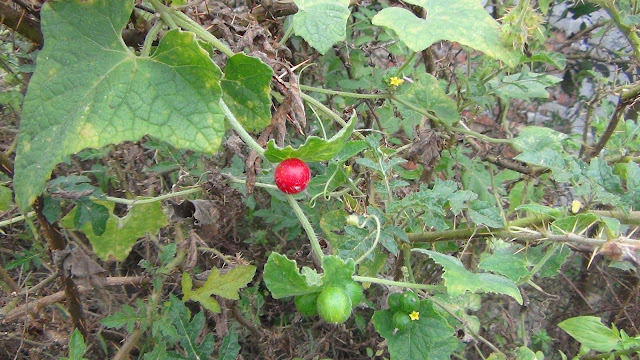Cream fruit or Climbing Oleander, Strophanthus gratus

Cream fruit or Climbing Oleander ( Strophanthus gratus , family: Apocynaceae) is a climbing shrub with woody stem and spectacular flowers, can be up to 25 m long. Stem is dark grey and young shoots are dark purple with numerous light dots. Most of the time it grows to the size of a shrub with a length of 2-3 m only. It is one of the most adorable flowering climbers of the tropics. In Bangladesh, it is found in parks and botanical gardens as an ornamental plant. The vigorous climber is originated in tropical Africa. Other names: Rose allamanda, Spider-tresses, Poison arrow vine. Leaves are dark green, thick, leathery, glabrous and shiny, oblong-elliptical, 8-16 cm long. Flowers are beautiful, occur in March-August. Flowers are spectacular, 6-10 flowers in terminal inflorescence, rose-scented, wide-throated, funnel-shaped, 5-6 cm long, purplish white. Sepals 5, petals 5. Fruits are pods, very long, 18-40 cm. The propagation of the semideciduous plant is caused by seeds and cuttings.




